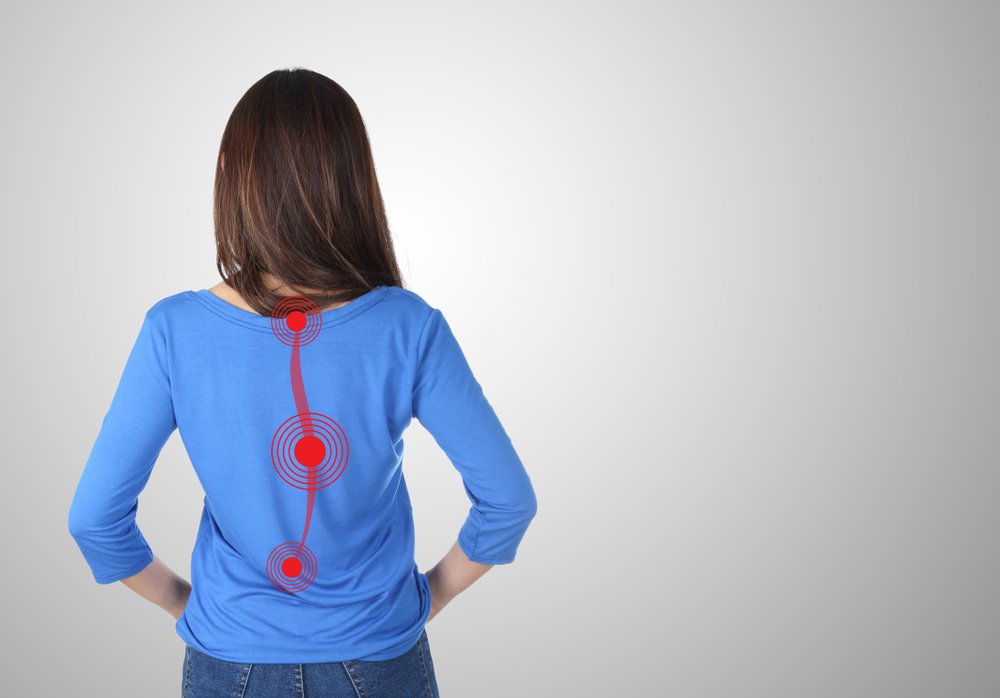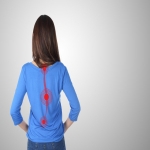Pain in the lower back is a fascinating creature. As many as 90% of people have severe back pain in their lives, and it's the most common reason people seek medical attention. Despite the fact that back pain and spinal surgery are extremely common, many myths persist. What do you have to go on? Some of the most common myths we have heard from patients, along with the facts, are listed here.

Scoliosis is usually minimal and does not require treatment. In adults, the severity of a spinal curvature may or may not influence the course of therapy. The focus of treatment is on symptom relief rather than attempting to correct the underlying cause. For scoliosis specialists there is always a goal of reducing pain and increasing functionality.
Scoliosis itself does not cause any symptoms, although the regular aging process of the spine can do so. Regardless of the presence of scoliosis, these symptoms are treated the same. When surgery is being considered, scoliosis becomes an issue. The degree of curvature of the spine can also have an effect on the appearance of the body.
Scoliosis in teenagers is most commonly found in the thoracic or rib cage region of the spine, but it can occur anywhere. There is usually a lot of focus on the lower spine in adults. This part of the spine is particularly prone to degenerative or age-related alterations.
Adult scoliosis is caused by -
Adult scoliosis can be caused by a variety of factors, including genetics and environmental factors. Degenerative scoliosis is the most frequent kind of adult scoliosis (spine curves as you age). An adult-onset example of spinal curvature could represent an undiagnosed childhood condition. Treatment for adolescent scoliosis may become necessary as the adolescent ages. Children and adolescents with idiopathic scoliosis, or scoliosis for which there is no known cause, are more likely to be diagnosed while they are growing. Adult scoliosis occurs when the curve is identified after bone growth has been completed.
Adult scoliosis is characterized by -
There are many examples of adult scoliosis that go unnoticed, yet the discomfort they cause can be excruciating. For example, arthritis, inability to stand upright and/or weakening of the core muscles and/or a lack of training might cause back pain. If the nerves in the lumbar spine are under pressure, leg discomfort, numbness, and weakness may result.
In some situations, the body may undergo physical changes such as:
-
The pelvis and hips are not properly aligned
-
Loss of height
What is the treatment for adult scoliosis?
The use of moderate therapy
There are many non-surgical options for treating adult scoliosis, including frequent visits to a scoliosis specialist, pain medication, and core strengthening exercises to strengthen your abdomen and back as well as to increase your range of motion. If you're a smoker, you need to quit. Smoking has been proved to hasten the aging process, according to studies.
Your doctor may consider epidural (injected around the spinal cord) or nerve block injections if oral drugs or physical therapy fail to alleviate your discomfort.
Surgical treatment
There are some circumstances where adult scoliosis necessitate surgical intervention. The likelihood of complications after spine surgery necessitates this treatment. For the following reasons, surgery may be recommended:
-
Pain - If the scoliosis-related back and leg discomfort persists and does not improve with conservative care, surgery may be necessary.
-
Spinal imbalance - Scoliosis progression and the necessity for surgery can be assessed by determining whether or not the spine remains balanced. When viewed from the front, the head should be over the middle of the pelvis, and when viewed from the side, it should be over the hip joints. The more the curve advances, the more likely it is that patients will become chronically unwell and unable to function as they once did.
-
Surgery for better improvement - Despite the fact that surgery is not indicated purely for the sake of aesthetics, some patients find the symptoms of their spinal deformity distressing and may benefit from surgery. Basic functions and overall quality of life are also impacted by a misalignment of the spine. In many circumstances, surgery is the only option. In younger people, a cosmetic abnormality may play a significant role in their decision to undergo surgery, but in elderly people, this is not frequently the case.
Surgical options for the spine might vary widely based on the individual patient's needs. Scoliosis is a condition that occurs when the spine becomes misaligned and puts pressure on nearby nerves. Spinal stabilization surgery employs bone grafts and titanium implants to bind the spine together and stabilize it.
Ask us at Neuroscience Specialists for more help. We have specialists for neurological disorders here. Call us and state your problem. We will book your schedule with a specialist for better treatment in OKC.
**Disclaimer- Information presented here is not intended to be qualified medical advice. Nothing expressed herein creates a doctor-patient relationship.

